For the uninitiated, the loos in Japan are a revelation. Our first experience of this sorcery was at Tokyo’s Haneda International Airport. My experiences in airport bathrooms have rarely been glowing, but these facilities were outstanding, and, I was to find, typical in this country.
Sitting immediately prompted the sound effect of a bubbling stream, clearly there to provide audio ‘privacy’ while you were ‘engaged’ in the cubicle. Facing the wall, I was presented with a myriad of buttons and choices in regard to how I wanted the facility to assist me – washing at various angles and water pressures, and drying at different intensities. All incredibly impressive, easy to use and hygienic.
I had been warned that toilet paper was not popular in Japan and that I should take some with me, but I had not realised this was because the toilets did it all for you! While not every bathroom in Japan is equipped with lavs that provide a soundtrack to your business, they all seem to have washing and drying options.
Luckily I had some joyous moments upon arrival in the country before the instant where I knew that I had stuffed up big time. Standing in the immigration line, reading my notes on the visa stamp needed to validate the vouchers for our JR Passes, I had an awful realisation: I did not pack the vouchers. Crap! Those of you who have travelled to Japan and have used these passes know the complete and utter bullocking error this was. I calmed myself with the hollow reassurance that surely there was a way around this. As lovely and sympathetic as the gentleman was at the JR office of Haneda airport, there was nothing he could do but make suggestions about how to deal with our current lack of transport.
We headed to our hotel, where I immediately jumped online to discover that an unused voucher could be refunded within a year of purchase! Yes! …But at the fee of $150…per person! Again, crap! I confessed our dilemma to the reception of our hotel, The Strings by InterContinental, whose staff saved my sanity with their assistance. Using the pre-prepared details of what trains we intended to catch, we were sorted by yet another kind man at the JR Office at Shinagawa Station and could relegate the solving of the pass refund until we returned home [SIDEBAR: the tickets cost us less than our passes, so do weigh up the pros and cons of both options before travelling.]
The Strings by InterContinental was perfectly located right next to the major Tokyo hub of Shinagawa Station, which made both the solving of any JR issues a breeze, and meant we had access to pretty much all train lines on our doorstep. [For details of this hotel, see our article here.]
Train ticket needs sorted (including the purchase of a Suica travel card for our Tokyo trips) we set out to explore our new city. Began this adventure with a trip to the ‘Fifth Avenue’ area of Ginza. Checked out the oldest and most stylish department store in Japan – Mitsukoshi. The food hall alone was worth the trip! We did give up on trying to find a place to eat in this store, though – every restaurant on floors 11 and 12 had a line of people waiting to be seated. In fact, it seems all restaurants in Tokyo have a line of seats outside for those waiting for a table. We gave up on this option, and headed to a back street where a downstairs Indian restaurant called Mumbai gave us a lunch without having to wait, and the garlic naan was superb!
Another thing I liked about Japan was the lack of tipping, which is covered in the service tax. Even if you wanted to tip, there was not a spot for it to be added to the bill. We paid in cash for our lunch at Mumbai, and the manager would not even allow us to ‘round up’ in our payment – the exact change was given with a bow and a thank you.
Trying for tickets
Headed to the Kabuki-za theatre to try to get tickets for their 4:45pm show, only to discover that their July season began the following day! Blast! By this time (and after the roller coast of emotions in the morning – all while still battling the flu that involved razor blade swallowing and random and fierce coughing attacks that made all the locals around me want to don their masks!) we decided we were tired enough to head back to our hotel for a quiet and early night in.
Not giving up on the possibility of seeing some theatre, the next morning we asked our trusty concierge for some assistance in this area. With Kabuki-za theatre, a full performance usually lasts for four hours. There is the option to buy just a section of a performance, but with the season just opening, we needed to go to the actual box office to enquire, rather than purchase online. So we jumped on the subway and backtracked to the theatre from our explorations the previous day. The lines were crazy. Luckily, a nice man on staff was at the end of the line asking for which performances we were trying to get tickets – they were sold out for most of the week. Oh, well, should’ve booked those from Australia before leaving. So glad I didn’t wait in line to find that out – another example of exemplary customer service in Japan.
The Trains
We are enamoured with train travel in Japan. The trains are immaculate, in fact, everywhere is pristine! There was even a guy in the underground vacuuming the stairs! And I think one of the reasons that the Japanese people are generally healthy and not obese is that it’s all about the walking. Even getting the subway involves a lot of walking.
A surprising (although I guess it shouldn’t have have been) aspect to this country was the quiet. There was no noise on the train, or when walking in the street – just the sound of people’s footsteps on the pavement. At 7:30am we stood for several surreal minutes in muted near-silence, but for the footfalls of an endless stream of office workers all in black and white, each with their shoulder bag or satchel and an expression of self-containment. There were no crass, loud embarrassments…or if there were, they were western tourists, not the Japanese!
Even the small school children on the metro were delightful – off the charts in the cute factor in their school uniforms and white hats. About six of them, around the age of 6 or 7 (the eldest might have been 8) hopped on the train going home after school. They stood in a circle in the middle of the carriage, pretty much all the same height, a white-hatted circle of bowed heads. Adults, strangers, looked on, silent and watchful; all the little ones absolutely safe, and absolutely adorable. And everything was quiet.
Senso-ji Temple
The ancient Buddhist temple of Senso-ji was our goal mid morning, and we took the Ginza line to Asakusa, hoping the crowds would not be too intense. It is Tokyo’s oldest temple complete with gardens and koi ponds, and very little shade! There were lots of people, which is apparently always the case with such a significant and popular temple, but I sensed that the numbers were not as large as they would’ve been at other times.
We were struck by the grace and beauty of some women and men in traditional dress; fresh, floral pastels with anachronistic smartphones constantly at the ready. Some were strolling quietly in pairs, others were in groups making gold coin offerings to the gods in a gigantic grated painted box. If an offering was not your focus, there was also an option to pay 100 JPY for an Omikuji paper fortune. This entitled you to shake a metal box that spat out the number of a wooden drawer in a big wall of drawers outside the temple, where within you would find your fortune – prediction of the future, not monetary reward (ones in English were at the back of the drawer). For those not impressed by their prediction, then they could pray to the gods and have another go at it. I guess you keep going until you find a fortune you are happy with!
We started to feel the challenge of this country for vegetarians, which would be surprising to many. We found a little place nearby for lunch that we had read about that had traditional music performances several times a day. It looked just like a little farm hut in the middle of the busy precinct, completely charming, but it didn’t seem to have any options to suit us. We kept looking and thought we had struck gold with a little Thai place – there are always vegetarian options in Thai restaurants. We intended to have a vegetable pad Thai and a green papaya salad between us, but we had to order a minimum of two mains. We are not fans of ordering food that we know we won’t be able to eat (can’t stand the waste), so we left. It’s not that there are no vegetarian options in restaurants, it’s just that they usually consist of rice or noodles, with a vegetable garnish, not actually vegetables (which is why we have been succumbing to our cravings and going with other cuisines).
So we gave up on Asakusa, instead hopping on the train to Shinjuku across the city. This is a big hub for department stores, so in our quest for lunch we headed upstairs to a food court (which was really a bunch of restaurants, not really a food court as we would know it). We made a hopeful selection of a spot offering a prawn and avocado salad on its menu, and a beer. It sufficed, but it was not the ample bowl of prawns and salad displayed in the picture, rather it was three single prawns sliced length ways to look like many more! Very deceptive.
In search of a view of the city, we walked a considerable distance to the Tokyo Metropolitan Government Offices, which is a free way of getting to the top of a tall building for an amazing view of Tokyo. We chose the less-busy Southern tower, from which apparently, on a clear day, you can see to Mt Fuji. It was not a clear day, but it was still lovely.
Bubbles Bar and The Dining Room
After much exertion, we rewarded ourselves with happy hour at the Bubbles Bar in our hotel. Half price champagne? Why, yes thank you, always! The big white ceramic tub of Tattinger bottles at the entrance awaiting their customers set the tone, and the relaxed vibe and the surprising opportunity for intimate conversation in an open space was a lovely precursor to dinner.
One thing I do like about a fancy hotel restaurant is its capacity to offer an extension of the cultural experience with a range of dishes to suit many palates, in this case a fusion of Asian and European cuisine. We ordered an entrée of sea kelp broth with vegetables, brown rice and mixed beans – ideal in terms of subtle flavours and temperature. We followed this with two sides to split: Roasted vegetables of pumpkin, green beans, eggplant, zucchini, asparagus, eryngii mushrooms; and sautéed eryngii mushrooms and broccoli (that was also topped with paper thin shaved pieces of garlic that had been individually toasted). The roast vegetable dish had the perfect amount of salt to taste – subtle and pure, as were the flavours of the vegetables themselves, cooked to al dente.
Yanaka
It is easy in Tokyo to see the main sights and not explore too further afield. We wanted to expand our experiences, so we took a 30 minute train trip north of the city centre to Sendagi. Exploring the area of Yanaka to Ueno on foot was a relaxing way to spend our time, and gave much insight into the way regular people live in the capital.
This little suburban spot is a old part of Tokyo, one of her most traditional districts, and one area that was spared from bombing in WWII. It was once a home for writers and visual artists, and even now retains the spirit of those artisans with its production of a diverse range of crafts in the area.
With the thought of ‘old Tokyo’ in our minds, it was a surprise to find a lack of ancient Japanese architecture. Instead, we found Yanaka Ginza was a 1950s shopping street, still pretty much asleep at 10am. But there were bargains to be had – we picked up a packet of three lemons for 230JPY ($2.70 AUD) – great value compared to the 490JPY per lemon at our local inner city store!
On one street near Yanaka Ginza, music was being pumped into the street from tannoys on poles. That was the only sound to be heard. There weren’t even any bells to warn of the approaching pushbikes, just the sound of the tyres on the bitumen.
We diverted our stroll through the cemetery, Yanaka-reien, one of Tokyo’s most “atmospheric and prestigious cemeteries” (Lonely Planet). The paved, shaded path through the very old northern section was lovely in the humid heat of late morning. This is clearly a favourite local thoroughfare as we were not alone in using the sometimes uneven pathways winding through the graves and headstones. The wooded parkland of Ueno-keon beckoned, with many old shrines and temples, but time was slipping away and our love of museums called.
Tokyo National Museum
The Tokyo National Museum is gigantic. We only visited the main gallery – Honkan, which is a bit of crash course in the history of Japanese art. While it was a wonderful museum, after two hours, my sinus infected head and heavy chest could not take in any more, and we decided to give the other galleries a miss – next time (there had already been enough ‘next time’ thoughts to warrant another visit to Japan, and let’s face it, we were visiting only four cities).
Walking out into the still humid air, we were pleasantly surprised by the light rain. While it didn’t lower the temperature one bit, it just somehow seemed to alleviate the humidity a fraction and freshened the air we were breathing.
Shibuya
Our final evening in Tokyo was spent in Shibuya, enjoying the company of an old friend over dinner at Nagi Shokudo, a vegan restaurant recommended in Time Out. Sharing a three-person platter and sipping on plum sake, we savoured our last meal in this country’s capital, laughing and sharing stories of the current state of our lives.
We finished the night at the iconic Shibuya crossing (just like a Tokyo Time Square). Perched on stools in Starbucks with flawless views of the famous intersection, we watched people dart under umbrellas through the rain, missing fellow pedestrians by millimetres. Even got to see the Mario Brothers cart tour zoom past…twice!
Our Japanese journey continues with Takayama…
Accommodation: The Strings by InterContinental
Click on any image below to view as gallery
- Pedestrian crossing in Shibuya, Tokyo
- Shibuya Crossing, Tokyo
- Billboards in Shibuya, Tokyo
- Rainy night, Shibuya, Tokyo
- Serving window, Nagi Shokudo, Shibuya, Tokyo
- Three person platter at Nagi Shokudo, Shibuya, Tokyo
- Birds on ceramic vase, Tokyo National Museum
- Print of horse and cart, Tokyo National Museum
- Detail of art work, Tokyo National Museum
- Ink and watercolour, Tokyo National Museum
- “Take that!” – Tokyo National Museum
- Fierce looking carving, Tokyo National Museum
- Embroidery, Tokyo National Museum
- Display cases, Tokyo National Museum
- Stirrups at the Tokyo National Museum
- Inside the Tokyo National Museum
- Foyer staircase of Tokyo National Museum
- Tokyo National Museum
- Rules of Yanaka Cemetery, Tokyo
- Yanaka Cemetery, Tokyo
- Off street parking, Yanaka, Tokyo
- Steps in Yanaka, Tokyo
- Shopping street in Yanaka, Tokyo
- School field trip in Yanaka, Tokyo
- View two from southern tower of Tokyo Metopolitan Government Offices
- View one from southern tower of Tokyo Metopolitan Government Offices
- Tokyo Metopolitan Government Offices
- Station Grill menu, Tokyo
- Station Grill, Tokyo
- Traditional dress, Sensoji Temple. Tokyo
- Garden statue, Sensoji Temple. Tokyo
- Cascade and koi, Sensoji Temple. Tokyo
- Koi pond, Sensoji Temple. Tokyo
- Painted panel, Sensoji Temple. Tokyo
- From inside Sensoji Temple. Tokyo
- Burning incense at Sensoji Temple. Tokyo
- Sensoji Temple. Tokyo
- Coming home from school on the train, Tokyo
- Busy Shinagawa Station, Tokyo
- Japan Rail attendant, Tokyo
- Rickshaw in Ginza, Tokyo
- End of the line of the queue at Kabuki-za Theatre, Tokyo
- Kabuki-za Theatre, Tokyo
- Entrance of Kabuki-za Theatre, Tokyo
- The main street in Ginza, Tokyo
- Suica card ticket machine, Shinagawa Station, Tokyo
- The brightest red cherries we have ever seen, Tokyo
- Shinagawa Station concourse, Tokyo
- View of the Bubbles Bar and The Dining Room from the glass elevator at The Strings by InterContinental, Tokyo
- The Dining Room Restaurant, The Strings by InterContinental, Tokyo
- The view of the atrium screen from The Dining Room, The Strings by InterContinental, Tokyo
- Kitchen action at The Dining Room Restaurant, The Strings by InterContinental, Tokyo
- Walkway between the restaurant and the bar, The Strings by InterContinental, Tokyo
- Toilet control buttons, The Strings by InterContinental, Tokyo
- Bathroom mirrors, The Strings by InterContinental, Tokyo
- Lobby of The Strings by InterContinental, Tokyo
- Bathroom sink, The Strings by InterContinental, Tokyo

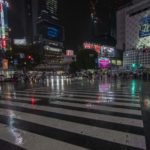
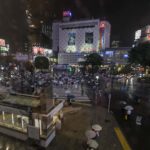
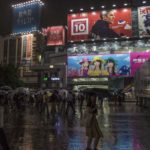
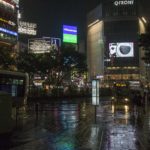
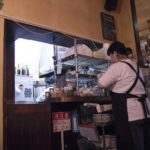
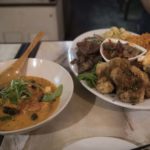
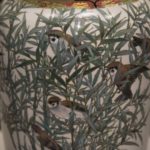
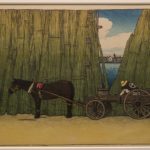
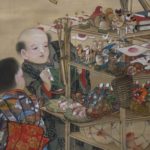
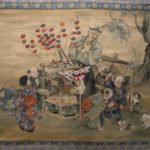
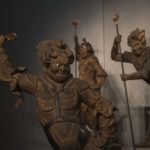

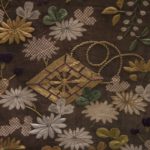
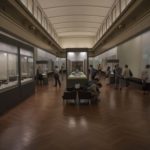
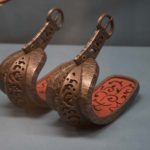
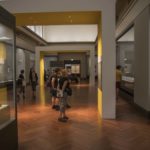

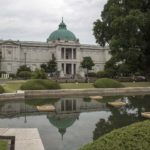
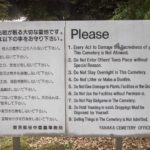
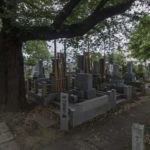
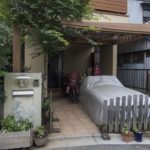
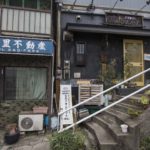
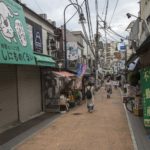
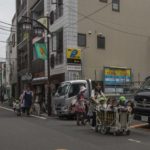
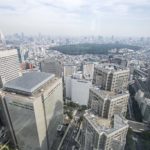
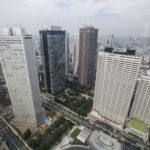
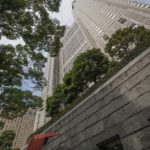
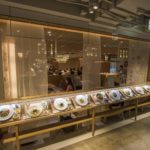
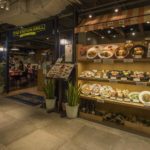
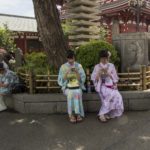
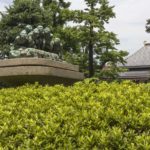
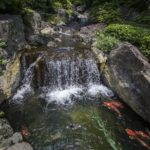
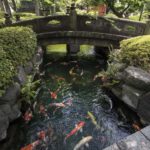
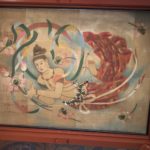
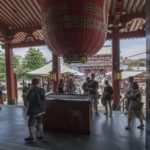
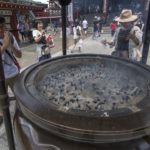
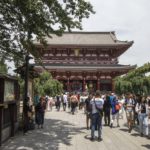
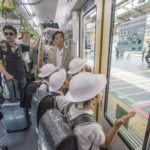
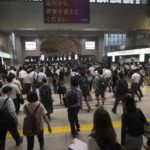
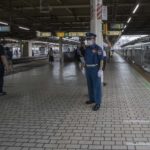
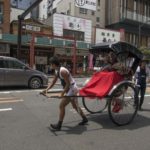
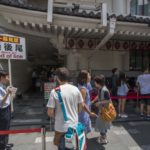
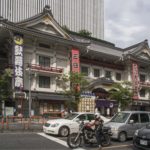
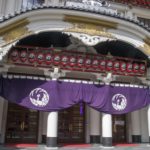
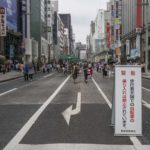
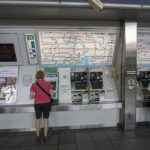
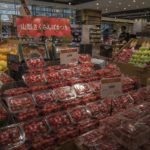
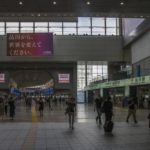
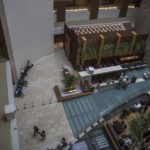
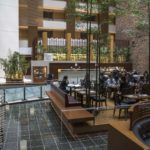
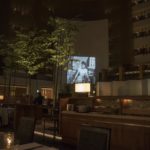
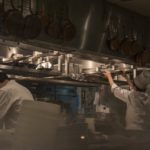
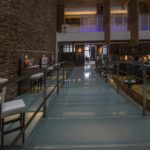
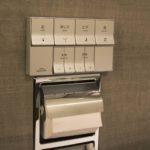
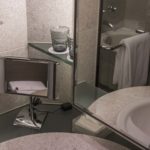
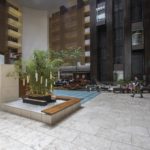
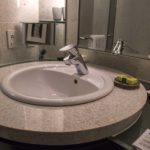
Pingback: Takayama, Japan – bontaks travels
This spell caster will help win back your Ex and make it last forever…..